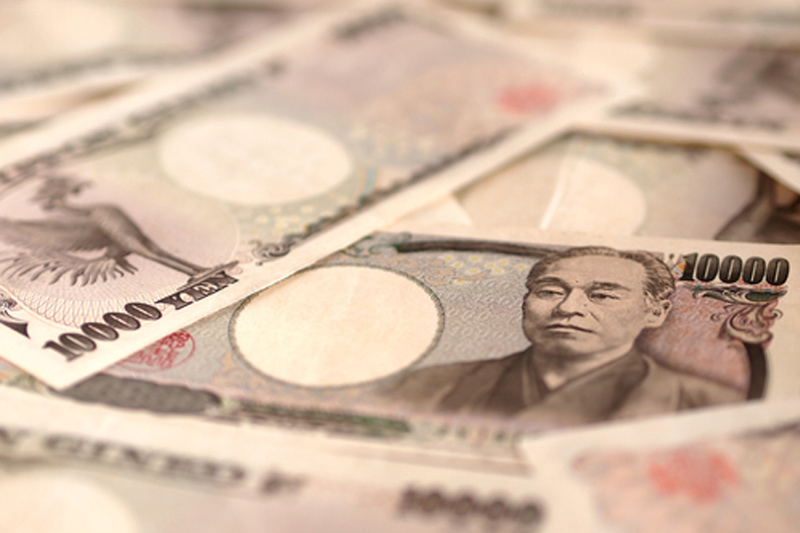Investing.com - The yen held slightly weaker in early Asia on Monday as investors noted mixed data on bank lending and the current account and mulled disappointing trade figures from China at the weekend.
USD/JPY changed hands at 124.31, up 0.02%, while AUD/USD eased 0.21% to 0.7402 - as China is a top trade partner.
Japan reported an unadjusted June current account surplus of ¥559 billion, narrower than the ¥774 billion seen, with the adjusted at Y.130 trillion, also narrower than the ¥1.41 trillion expected.
Separately, bank lending in Japan for July rose 2.6%, a tick above the 2.5% expected.
At the weekend, China said its trade balance reached a surplus of $43.03 billion, below expectations while exports fell 8.3% in dollar terms and imports dipped 8.1% in July.
As well, China said consumer prices in July gained 1.6% year-on-year, meeting expectations, while producer prices eased 5.4%, more than expected.
The mixed data is sure to raise questions about the next step for the People's Bank of China should inflationary pressure be stirring. But it's the threat of capital outflows, with the Federal Reserve looming in the background, which complicates the government's options and makes the central bank's fight to hold the line on policy the more difficult.
The U.S. dollar index, which measures the greenback’s strength against a trade-weighted basket of six major currencies, rose 0.02% to 97.69.
Last week, the dollar slid lower against the other major currencies on Friday despite a solid U.S. employment report for July as investors took profits following the greenback’s recent run higher.
The Labor Department reported that the U.S. economy added 215,000 jobs last month, slightly lower than forecasts for an increase of 223,000, but still consistent with strong employment growth.
The unemployment rate remained unchanged at 5.3%, in line with expectations.
Hourly earnings, a component of the jobs report that the Federal Reserve has said must rise, ticked up 0.2%, also matching forecasts after stalling in the previous month.
The data was seen as reinforcing expectations for higher U.S. interest rates.
In the past three months the dollar has been boosted by investor expectations that the Federal Reserve will raise short term interest rates in the coming months, possibly as early as September.
In the week ahead, investors will be looking to Thursday’s U.S. retail sales data for a further indication on the durability of the economic recovery.
Elsewhere, the euro zone is to publish a flash estimate of second quarter economic growth on Friday.
On Monday, Federal Reserve Governor Stanley Fischer and Atlanta Fed President Dennis Lockhart are to speak; their comments will be closely watched.
